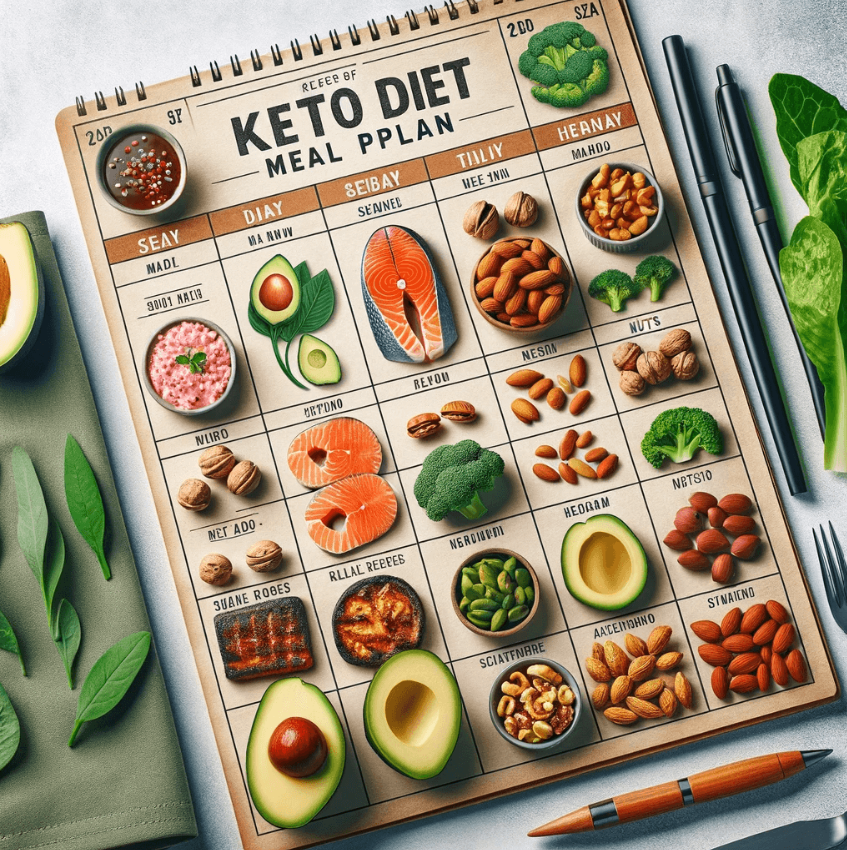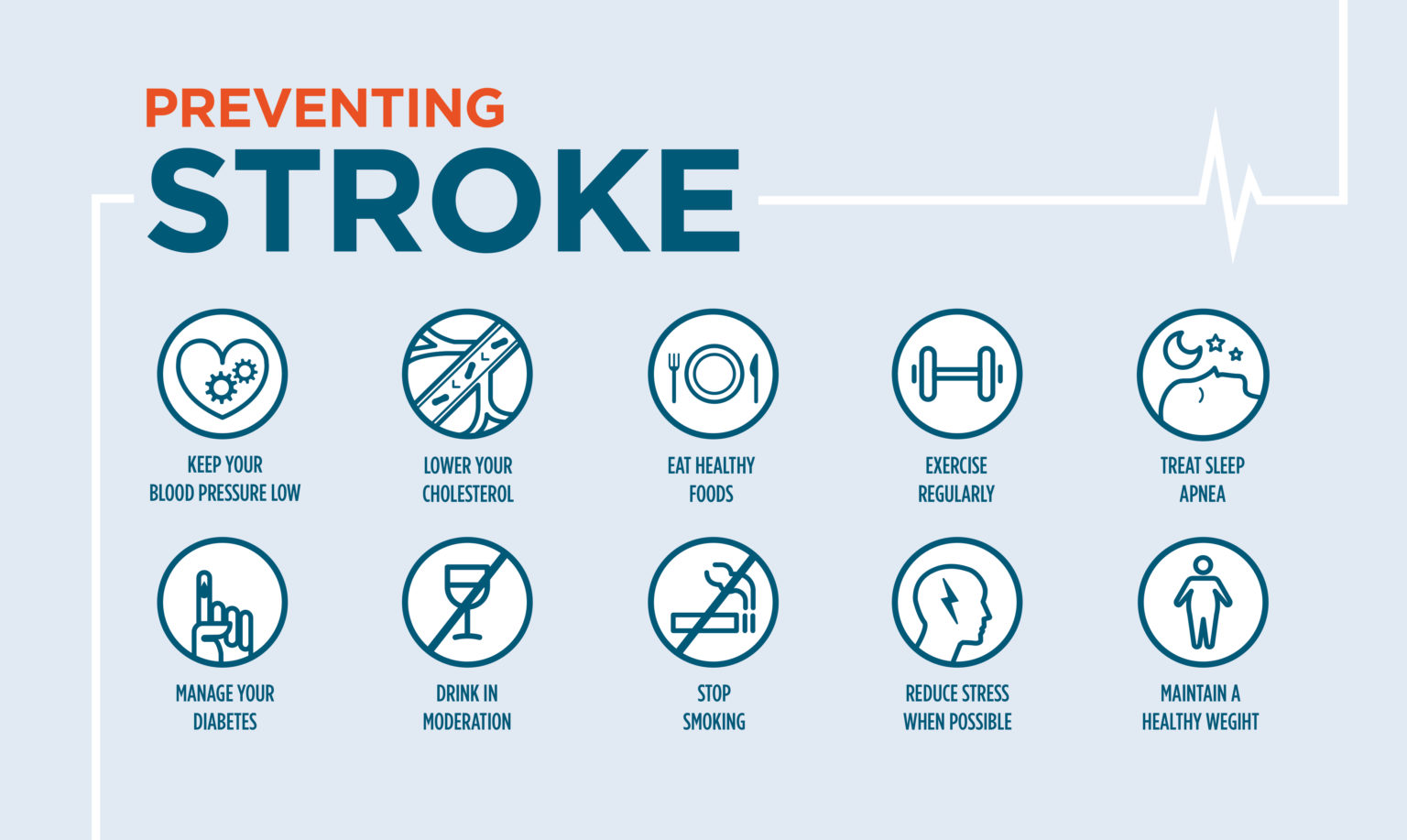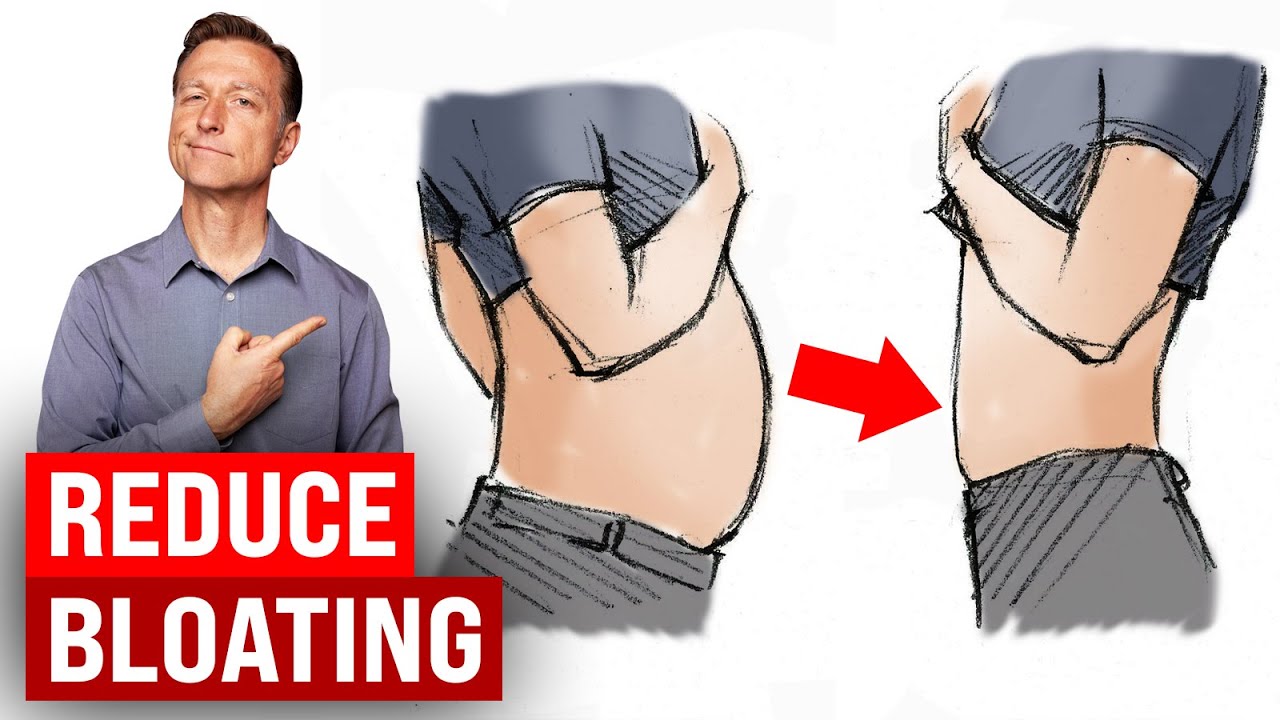I. Introduction to Keto Diet
Definition
The ketogenic diet, commonly known as the keto diet, is a low-carbohydrate, high-fat dietary regimen designed to induce a metabolic state called ketosis. In ketosis, the body shifts from using carbohydrates as its primary energy source to burning fat for fuel. This metabolic change results in the production of ketones, molecules that the liver generates from fats when glucose is scarce. The diet typically consists of 70-75% fat, 20-25% protein, and 5-10% carbohydrates, making it a significant departure from the standard dietary macronutrient distribution.
History
The keto diet was initially developed in the 1920s as a therapeutic intervention for epilepsy and diabetes management. Medical professionals recognized its potential to reduce seizures in patients with epilepsy and improve glycemic control in those with diabetes. Over the decades, the diet has transitioned from its therapeutic roots to become a popular method for weight loss and overall health improvement. Its efficacy in promoting weight loss, enhancing energy levels, and improving metabolic health has led to widespread adoption and a surge in interest among those seeking alternative dietary strategies.
II. Keto Diet Basics
Macronutrient Breakdown
The ketogenic diet is characterized by a specific macronutrient distribution aimed at inducing and maintaining ketosis:
- Carbohydrates: 5-10%
- Fats: 70-75%
- Protein: 15-20%
Ketosis
Ketosis is a metabolic state achieved by significantly reducing carbohydrate intake, typically to less than 50 grams per day. In this state, the body exhausts its glucose reserves and begins to burn fat for energy. This process results in the production of ketones, which are molecules generated in the liver from fats and serve as an alternative energy source when glucose is not readily available.
III. Types of Keto Diet
Standard Ketogenic Diet (SKD)
The Standard Ketogenic Diet (SKD) is the most common form of the keto diet. It follows a strict macronutrient ratio:
- Fat: 70%
- Protein: 20%
- Carbohydrates: 10%
Cyclical Ketogenic Diet (CKD)
The Cyclical Ketogenic Diet (CKD) alternates between periods of ketogenic eating and higher carbohydrate intake. Typically, this involves:
- 5 days of ketogenic diet
- 2 days of high-carb diet
Targeted Ketogenic Diet (TKD)
The Targeted Ketogenic Diet (TKD) is designed for individuals who engage in intense workouts. It allows for the addition of carbohydrates around workout times to provide extra energy:
- Carbs are consumed before or after intense exercise sessions
High-Protein Ketogenic Diet (HPKD)
The High-Protein Ketogenic Diet (HPKD) is a variation that includes a higher proportion of protein. Its macronutrient distribution is as follows:
- Fat: 60%
- Protein: 35%
- Carbohydrates: 5%
IV. Benefits of Keto Diet
Weight Loss
The ketogenic diet is renowned for its effectiveness in promoting weight loss. This occurs in two primary phases:
- Initial Rapid Weight Loss: The first phase involves the depletion of glycogen stores and subsequent water loss, leading to a noticeable drop in weight.
- Long-Term Fat Loss: Over weeks to months, the body continues to burn fat for energy, resulting in sustained fat loss.
Health Benefits
The keto diet offers several health benefits beyond weight loss, particularly for certain medical conditions:
- Epilepsy: The ketogenic diet was originally developed to control seizures in patients with epilepsy and remains highly effective for this purpose.
- Type 2 Diabetes: By stabilizing blood sugar levels, the keto diet can reduce A1C levels and potentially decrease the need for diabetes medications.
- Heart Disease: The diet can improve heart health by raising “good” HDL cholesterol, lowering “bad” LDL cholesterol, and reducing triglycerides.
- Cognitive Function: There is evidence to suggest that the keto diet may improve cognitive function in individuals with Alzheimer’s disease and mild cognitive impairment.
- Polycystic Ovary Syndrome (PCOS): The diet may help manage PCOS by lowering insulin levels, which is a key factor in this condition.
- Other Conditions: The keto diet has potential benefits for a range of other conditions, including certain brain diseases, acne, and cancer.
V. Risks and Side Effects
Keto Flu
The transition into ketosis can cause a range of initial side effects, commonly referred to as the “keto flu.” Symptoms may include:
- Headaches
- Muscle cramps
- Fatigue
- Nausea
- Constipation
Nutrient Deficiency
Due to the restrictive nature of the ketogenic diet, there is a potential risk of nutrient deficiencies, particularly in:
- Folate
- Vitamin C
- Magnesium
- Fiber
Long-Term Risks
The long-term adherence to a ketogenic diet may pose certain health risks, including:
- Stress on the kidneys
- Elevated cholesterol levels
These risks underscore the importance of medical supervision when following the keto diet.
Suitability
The ketogenic diet is not suitable for everyone. It is particularly not recommended for individuals with certain medical conditions, such as:
- Type 1 diabetes
- Heart disease
- High blood pressure
Consultation with a healthcare professional is essential before starting the diet to ensure it is appropriate for your health condition.
VI. Preparing for a Keto Diet
Gradual Carb Reduction
To ease the transition into a ketogenic diet, start by gradually reducing your carbohydrate intake. This preparatory step can help your body adjust more smoothly to the upcoming dietary changes.
Consultation
Before embarking on a ketogenic diet, it is crucial to consult with a healthcare professional, such as a doctor or a nutritionist. This is especially important if you have existing dietary restrictions or health conditions, to ensure that the diet is safe and suitable for you.
VII. Keto-Friendly Foods and Beverages
Foods to Eat
Proteins
- Grass-fed beef
- Fatty fish
- Dark-meat chicken
- Eggs
Fats and Oils
- Avocado
- Olive oil
- Coconut oil
- Butter
- Heavy cream
Low-Carb Vegetables
- Green beans
- Broccoli
- Cauliflower
- Leafy greens
- Asparagus
Nuts and Seeds
- Walnuts
- Almonds
- Flaxseed
- Chia seeds
Dairy Products
- Blue cheese
- Feta cheese
- Parmesan cheese
- Cream cheese
Foods to Avoid
High-Carb Foods
- Bread
- Pasta
- Rice
- Potatoes
- Sweets
- Sugary beverages
Processed Foods
- Cold cuts with added sugar
- Sugary sauces
- Trans fats
Certain Fruits
- High-sugar fruits like bananas, grapes, and raisins
Beverages
Allowed
- Water
- Unsweetened almond milk
- Bone broth
- Plain tea
- Black coffee
To Avoid
- Soda
- Fruit juice
- Lemonade
VIII. Sample Keto Menus
7-Day Sample Menu
Day 1
- Breakfast: Scrambled eggs with butter and avocado.
- Lunch: Spinach salad with grilled salmon.
- Dinner: Pork chop with cauliflower mash and red cabbage slaw.
Day 2
- Breakfast: Bulletproof coffee, hard-boiled eggs.
- Lunch: Tuna salad stuffed in tomatoes.
- Dinner: Meatballs on zucchini noodles with cream sauce.
Day 3
- Breakfast: Cheese and veggie omelet with salsa.
- Lunch: Sashimi with miso soup.
- Dinner: Roasted chicken with asparagus and sautéed mushrooms.
Day 4
- Breakfast: Smoothie with almond milk, greens, almond butter, and protein powder.
- Lunch: Chicken tenders with almond flour on greens.
- Dinner: Grilled shrimp with lemon butter sauce and asparagus.
Day 5
- Breakfast: Fried eggs with bacon and greens.
- Lunch: Grass-fed burger in lettuce “bun” with avocado.
- Dinner: Baked tofu with cauliflower rice and homemade peanut sauce.
Day 6
- Breakfast: Baked eggs in avocado cups.
- Lunch: Poached salmon avocado rolls.
- Dinner: Grilled beef kebabs with sautéed broccolini.
Day 7
- Breakfast: Eggs scrambled with veggies and salsa.
- Lunch: Sardine salad in avocado.
- Dinner: Broiled trout with butter and sautéed bok choy.
IX. Tips for Success on a Keto Diet
Meal Planning
- Plan meals ahead of time and create shopping lists to ensure you have all the necessary ingredients.
Reading Labels
- Check food labels for carb content and other nutritional information to stay within your daily carb limits.
Hydration
- Drink plenty of fluids, especially electrolytes, to counteract keto flu symptoms and maintain hydration.
Exercise
- Engage in light exercise to help with the transition to ketosis and support overall health.
Snacking
- Keep keto-friendly snacks on hand, such as nuts, seeds, cheese, and low-carb vegetables with dip, to manage hunger between meals.
X. Budget Tips
Cost-Saving Strategies
- Buy frozen vegetables and nuts in bulk to save money and ensure you have keto-friendly foods on hand.
- Avoid specialty keto products, which can be expensive and often unnecessary. Focus on whole, unprocessed foods instead.
XI. Eating Out
Fast-Food Options
- Choose bunless burgers, salads with nonstarchy veggies, and simple dressings.
- Research keto-friendly options at restaurants and plan ahead for social events.
XII. Additional Resources
Cleveland Clinic Functional Ketogenics Program
Offers support for weight loss with keto.
Keto Nutrition by Dominic D’Agostino
Educational website with keto-related resources.
KetoCon
Conference for keto followers and professionals.
The Charlie Foundation for Ketogenic Therapies
Advances awareness of keto for medical therapies.
KetoDietCalculator
Tool for managing keto macros.
Senza App
Tracks macros, electrolytes, and ketones.
ClinicalTrials.Gov
Lists ongoing and completed trials involving keto.
XIII. Conclusion
Summary
The keto diet involves a high intake of fats, moderate protein, and very low carbs to maintain ketosis. Consultation with healthcare professionals is advised before starting the diet. Use the provided food lists and sample menu to plan your meals. Consider additional resources for support and information.



